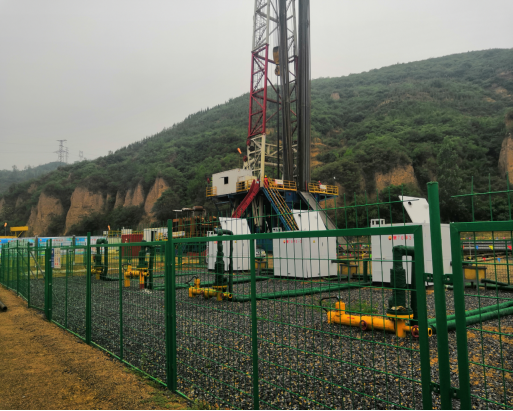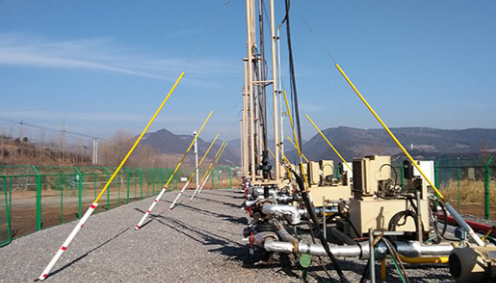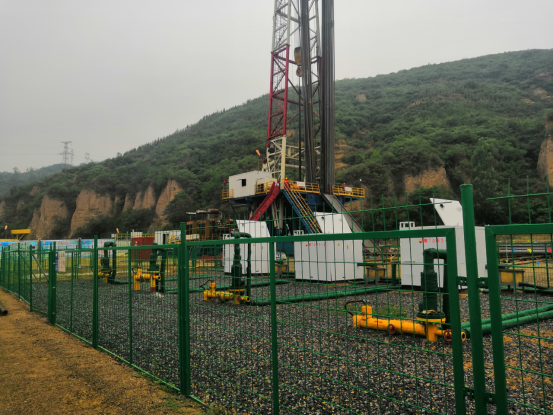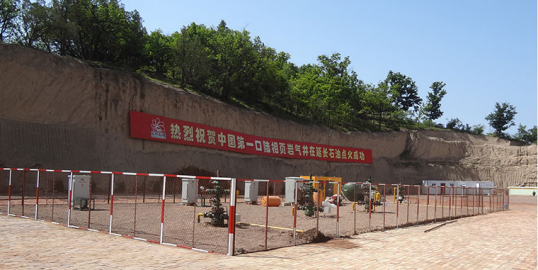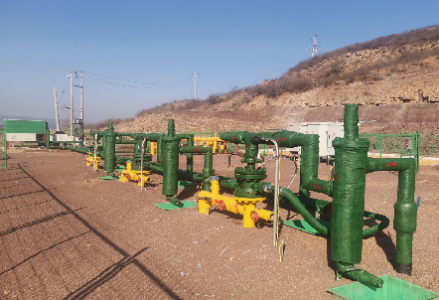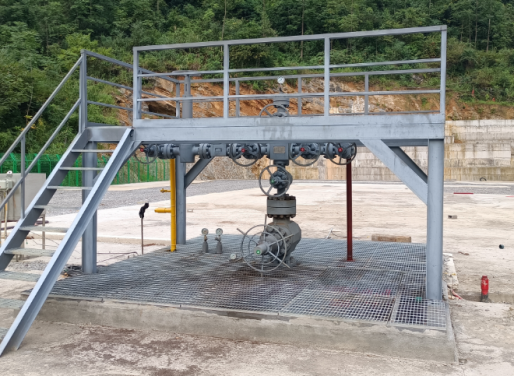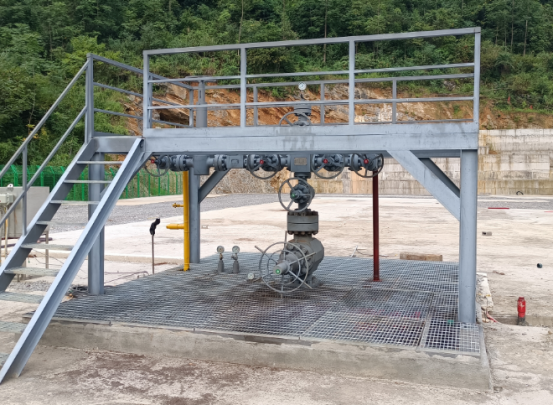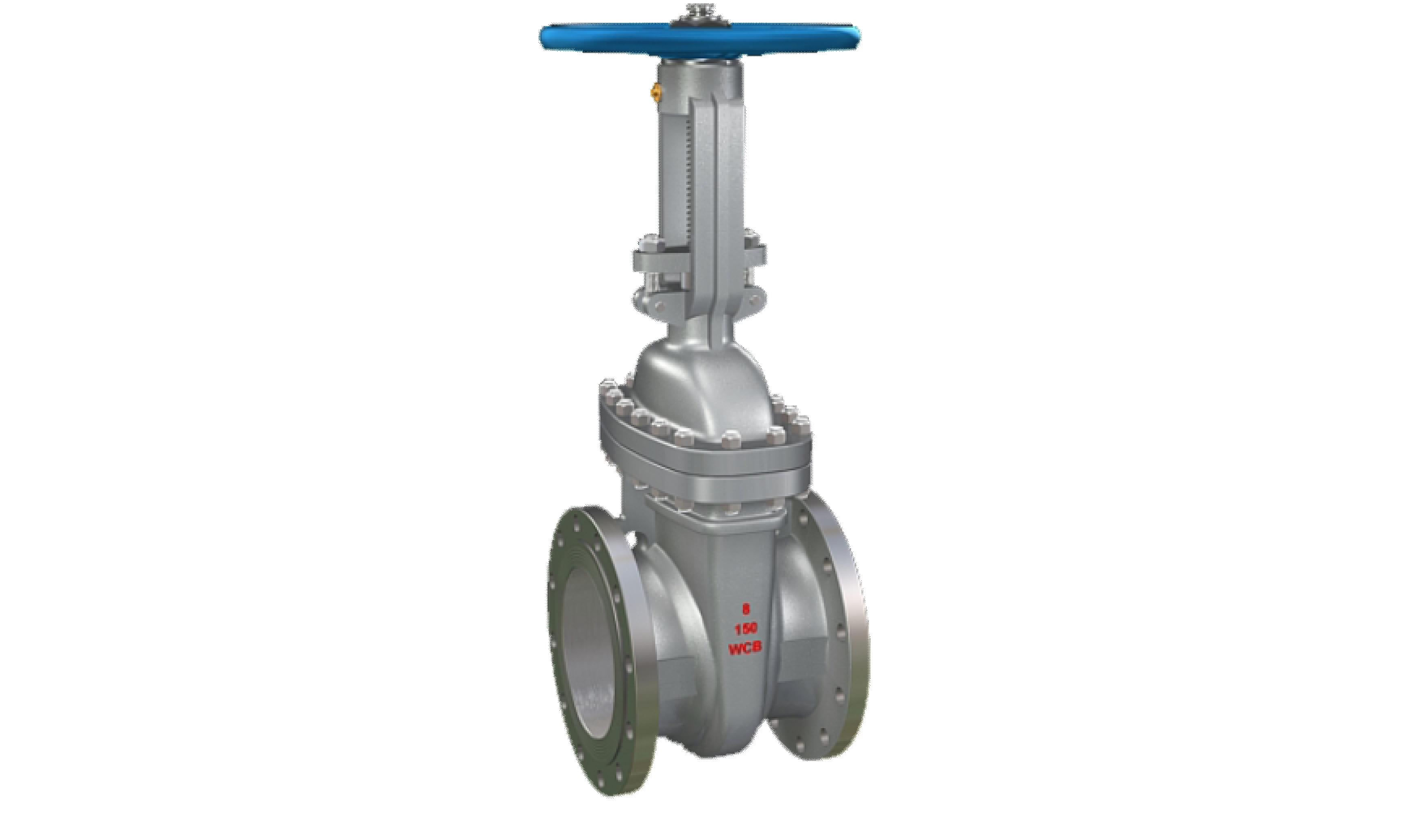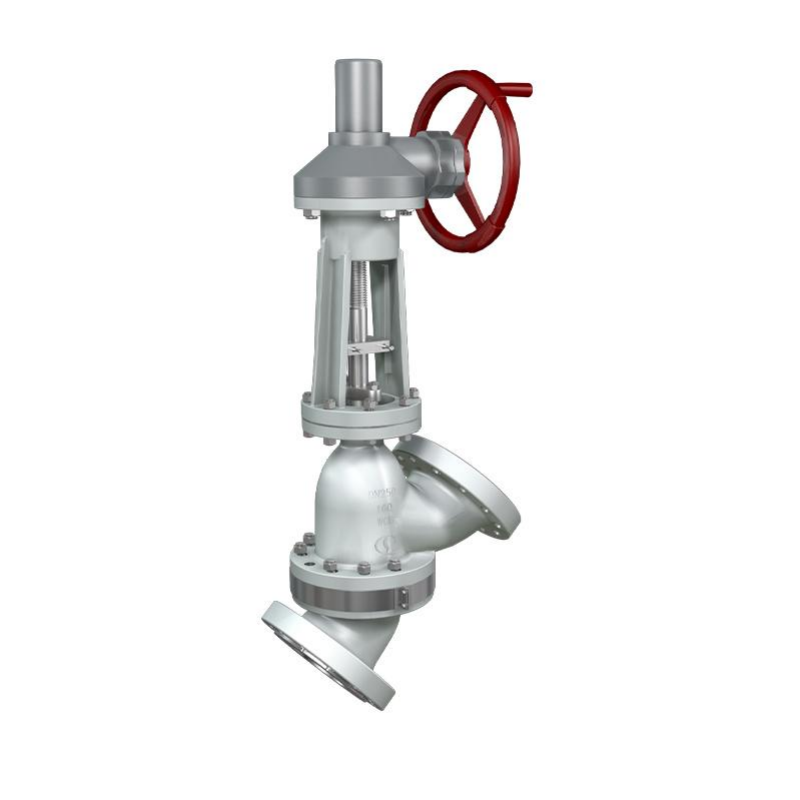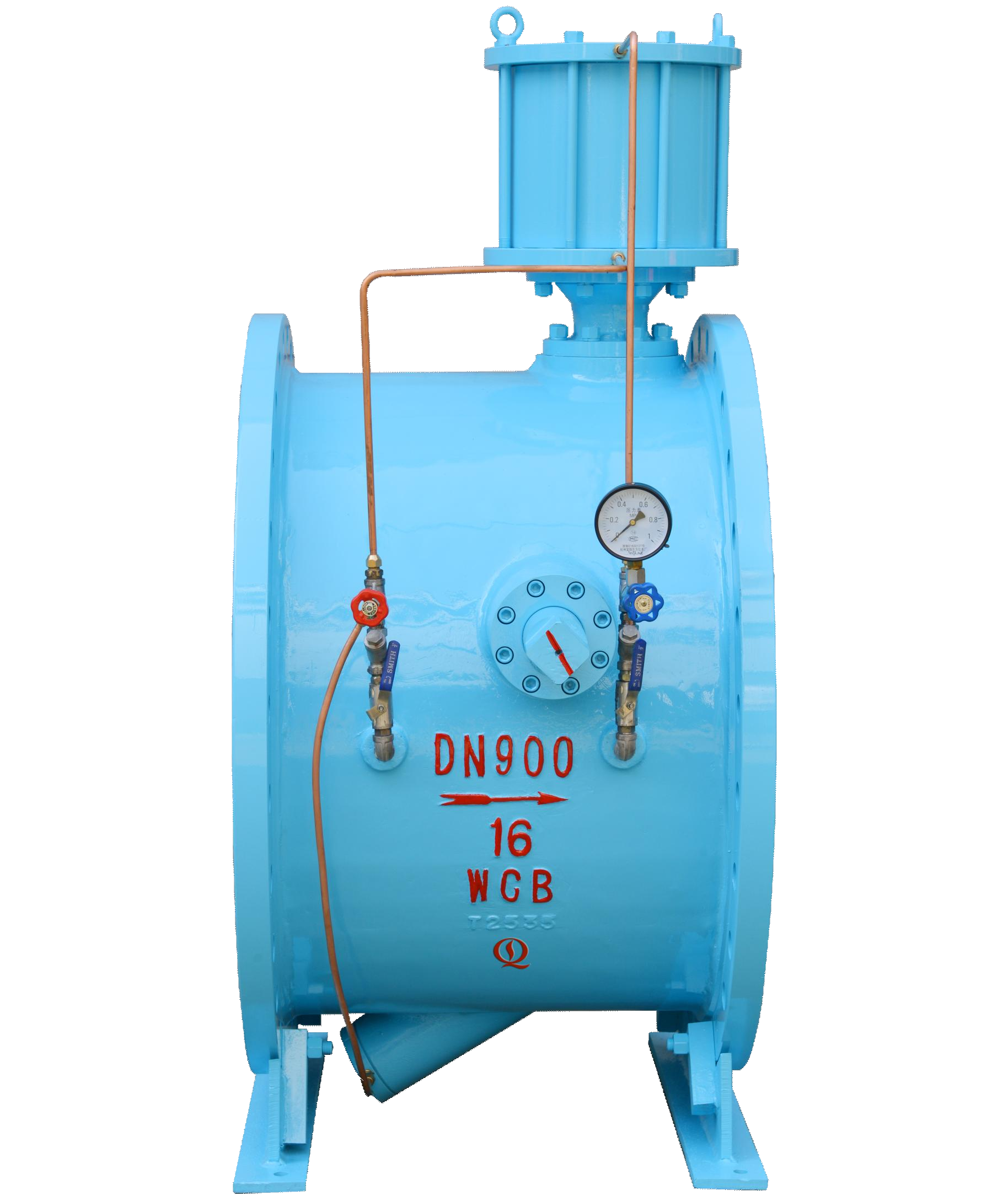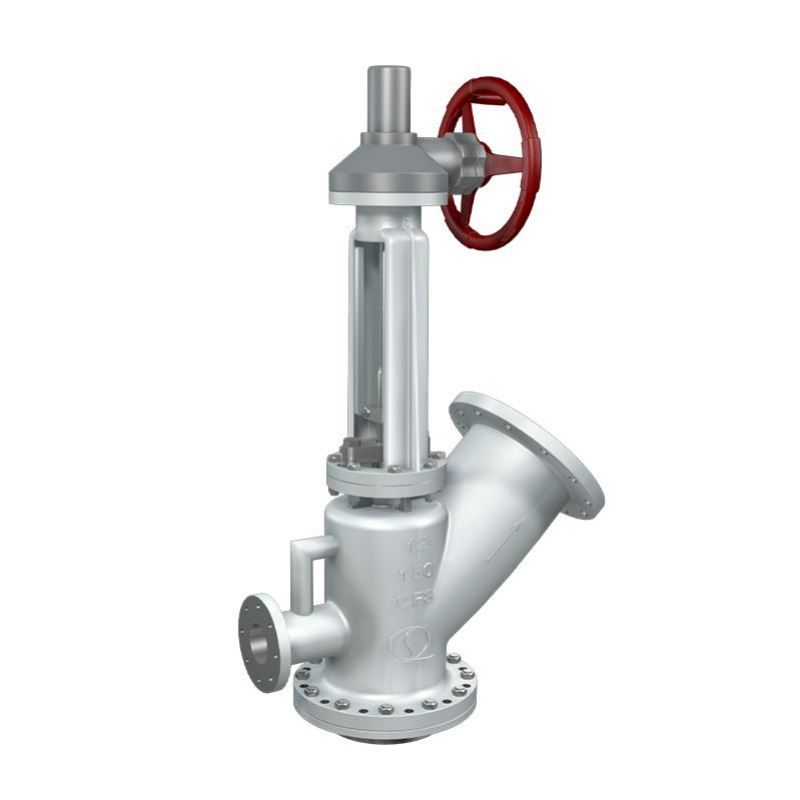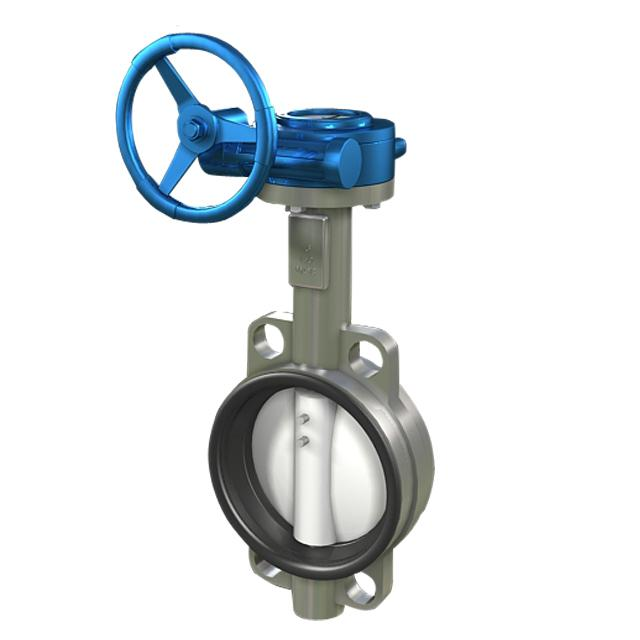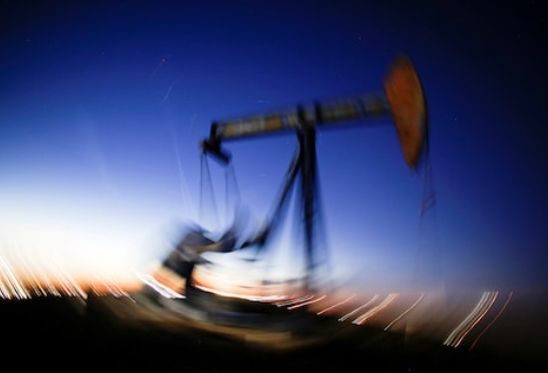
A long exposure image shows the movement of a crude oil pump jack in the Permian Basin in Loving County, Texas, U.S., November 23, 2019.
Wedoany.com Report-Feb 19, Two large earthquakes that hit the Permian basin, the top U.S. oilfield, this week have rattled the Texas oil industry and put a fresh spotlight on the water disposal practices that can lead to increases in seismic activity, industry consultants said on Tuesday.
A magnitude 5.0 quake struck on Feb. 14, followed by a magnitude 4.7 temblor on Tuesday morning, both in Culberson County in West Texas, according to the United States Geological Survey.
The earthquakes happened in an area that is already being watched by Texas Railroad Commission (RRC), the state's oil regulator, due to a jump in seismic activities linked to fracking.
Injection of saltwater, a natural byproduct of oil and gas production, as part of the fracking process, has been linked to increased seismic activity in oil-producing regions, including in Texas and Oklahoma. In both states, regulators have put limits on wastewater injection as a way of curbing the quakes.
The largest earthquake to rattle Culberson was in 2022, measuring 5.4 in magnitude.
The most recent quakes could serve as tailwind for pending water disposal projects in the Basin, said Kelly Bennett, founder and CEO of B3 Insight, a consultancy offering oilfield water intelligence, as operators look for more ways to dispose of wastewater.
That includes privately-held midstream water management company WaterBridge's project in the Delaware Basin to construct and operate produced water handling infrastructure for BPX (BP.L), with the ability to handle up to 600,000 barrels per day of water as part of a ten-year commitment, in the next three years.
"I think we all agree that the cost of water management is going to have to increase in order to provide a means to transport water away from these areas that are problematic," Bennett said.
The RRC is currently contemplating a number of injection policy changes for new saltwater disposal wells, and the focus will likely be on shallow injection pressures, and continued monitoring of deep seismicity, according to Laura Capper, with energy advisory EnergyMakers.
According to the RRC's current guidance, these quakes could lead to further curtailments on water disposal affecting one well, according to Bennett.
The RRC last January banned saltwater disposal injection in the Northern Culberson-Reeves Seismic Response Area, after a series of seven earthquakes measuring up to magnitude 5.2 occurred in a span of just five weeks towards the end of 2023.
"Earthquake activity has gone down in Northern Culberson-Reeves over the last several years, most likely because we did restrict volumes going down," Capper said.
The RRC did not immediately respond for comment.

